SS series static mixer
-


INTRO
-


SUBTYPE
-


DETAIL
-


RELATED
Working principle and introduction
The static mixer is an independent type of chemical unit equipment. The mixing process is completed by mixing the components inside the tube, causing the fluid to rotate left and right, changing the flow direction movement, pushing from the center to the periphery, pushing the periphery to the center, and perfecting the radial circulation mixing. The purpose of mixing effects.
Xinrui static mixer, focusing on quality and absorbing advanced production technology at home and abroad, is a large domestic manufacturing company.
Seven series, thousands of specifications, used in liquid-liquid, gas-liquid, solid-liquid, gas-liquid-solid, gas-gas mixing, dispersion, emulsification, reaction, absorption, extraction, enhanced heat transfer, etc. More than ten industries are widely used.
Static mixer model representation
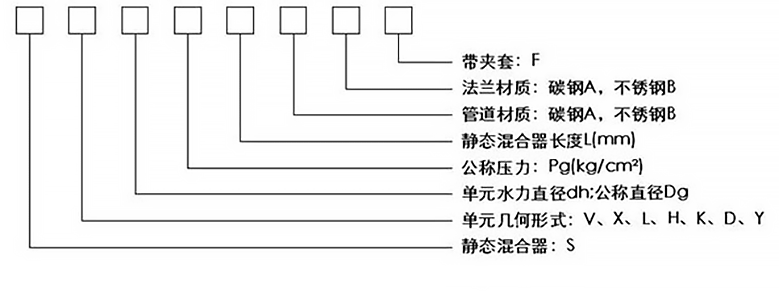
catalog
SV static mixer product features
The SV internal unit is assembled from well-designed corrugated sheets. The product itself has no moving parts. The special structure and fluid motion of the unit make the mutually incompatible fluids disperse and mix with each other to achieve a good mixing effect. The SV type unit is a cylinder assembled from a corrugated board of a certain specification. Technical characteristics: the highest dispersion degree is 1-2 μm, and the liquid-liquid phase unevenness is a√x ≤ 1 to 5%. The pressure drop calculation of the product is based on the hydraulic diameter and takes into account the effects of void ratio and friction coefficient.
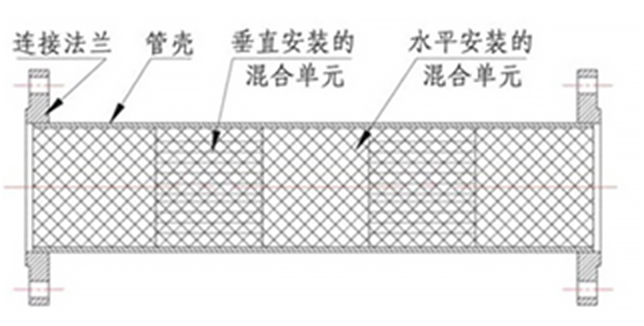
SV type pressure drop calculation formula
ΔP=(f*ρc/ε2W2)*L/dh Re=dh*ρc*w/μ*ε
W=(Q/πD2*900)*10^6 1Kg(f)/cm2=98100N/m2
Dh=(πD2L-4Aδ)/(2A+πDL)
△P resistance drop (N/m2) f friction coefficient (no dimension) ρc fluid density (Kg/m3)
W fluid line speed (m/s) L mixer length (mm) dh hydraulic diameter (mm)
ε void ratio (without dimension) μ fluid viscosity (CP) A total area of mixing unit (mm2)
δ unit material thickness (mm) D pipe inner diameter (mm) Re Reynolds number (without dimension)
Relationship between SV Reynolds Number Re and Friction Coefficient f

SV type pressure drop calculation example
Assume: fluid flow Q = 144.35m3 / h fluid density ρc = 897.6Kg / m3
Viscosity μ=28.3CP Pipe inner diameter D=250mm
Length L=2500mm Hydraulic diameter dh=15mm
Void ratio ε=1
W=Q/900πD2=144.35/900*3.14*0.252=0.817m/s
Re=dh*ρc*w/(μ*ε)=15*897.6*0.817/28.3*1=388.7
Check the table to get Re>150, f=1
ΔP=(f*ρc/ε2W2)*L/dh=(1*897.6/2)*0.8172*2500*15=49928N/m2=0.5kg(f)/cm2
SV type static mixer product use
It is suitable for the mixing, emulsification, reaction, absorption, extraction, strengthening and heat transfer of liquid-liquid, liquid-gas and gas-gas with viscosity ≤102 centipoise.
SV static mixer application example
The SV type static mixer is used for oil blending. A refinery cracking workshop uses the SV static mixer of our factory for oil blending, and has achieved good results, which is superior to the orifice mixing column in terms of product quality and energy consumption.
The SV type static mixer is used for gas blending. A gas plant uses the SV static mixer to achieve the desired goal, basically meets the requirements of gas interchangeability, can meet the needs of low-low pressure mixing process, and demonstrates the simplicity, stability and economic superiority of the process. .
SV static mixer selection table
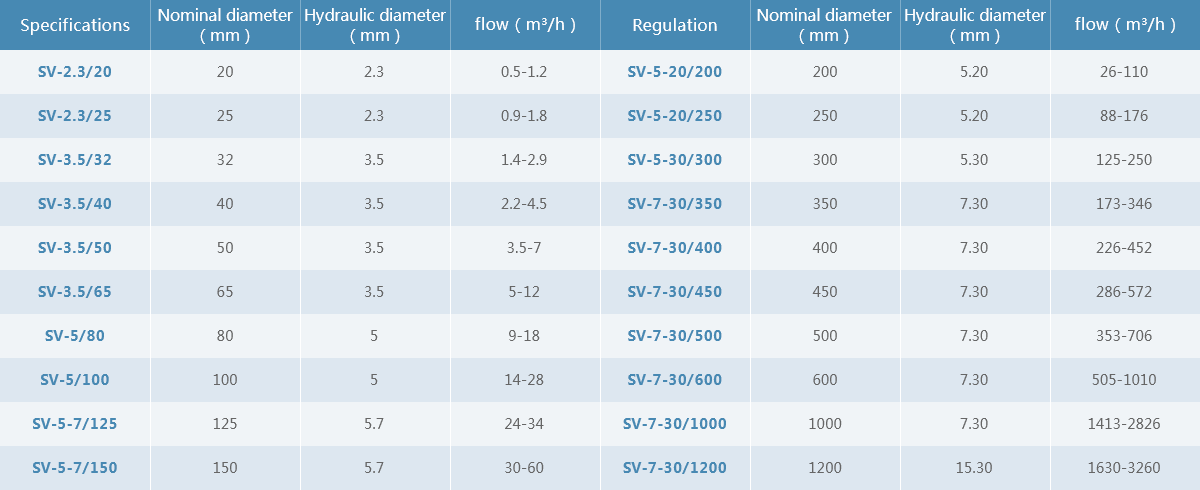
Description:
1. The nominal pressure is determined according to the user's process conditions.
2, material: stainless steel, carbon steel, titanium, PTFE, polypropylene, etc.
3, flange standard: match the user connection piece, can provide matching flange
4, the mixing unit can be designed to be made into a drawable or fixed type
5, hourly flow is based on water
SK type static mixer product features
The SK type static mixer is called a single spiral static mixer. The unit of the SK type static mixer is a spiral plate that is twisted by 180° or 270°. When installed in the shell, the adjacent spiral plates are left-handed and right-handed. Compared with the SV static mixer, the SK static mixer has a poor mixing effect and obvious amplification effect, but the SK static mixer is not easy to block and is suitable for materials with more impurities. The SK type static mixer can be used to disperse droplets to 10μm during the emulsification process. It is used in the general mixing process. The unevenness coefficient is a√x≤1~5%. The pressure drop of the product is calculated as the static mixer equivalent diameter and inner diameter. D is expressed by the friction coefficient ΨD of the reference.
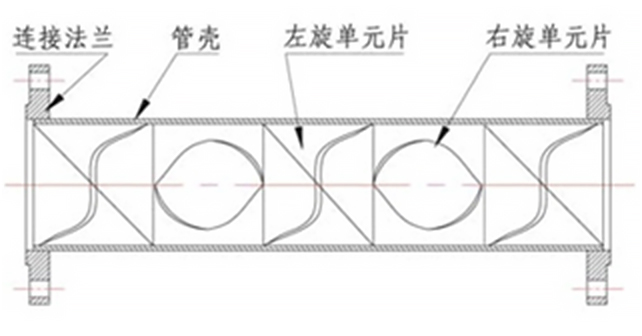
SK type static mixer calculation formula
△P=(f*ρc/2)*W2*L/D Re=dh*ρc*w/μ
W= Q/πD2*900 1Kg(f)/cm2=98100N/m2
△P resistance drop (N/m2) f friction coefficient (no dimension) ρc fluid density (Kg/m3)
W fluid line speed (m/s) L mixer length (mm) dh hydraulic diameter (mm)
ε void ratio (without dimension) μ fluid viscosity (CP) A total area of mixing unit (mm2)
δ unit material thickness (mm) D pipe inner diameter (mm) Re Reynolds number (without dimension)
Table of relationship between SK Reynolds number Reε and friction coefficient f
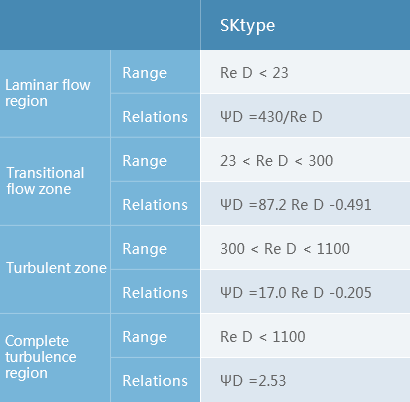
SK type static mixer pressure drop calculation example
Assumption:
Fluid flow rate Q=140m3/h Fluid density ρc=800Kg/m3
Viscosity μ=28CP Pipe inner diameter D=200mm
Length L=2000mm Hydraulic diameter dh=100m
W=Q/900πD2=140/900*3.14*0.22=1.24m/s
Re=dh*ρc*w/μ=100*800*1.24/28=3538
Check the table to get Re>150, f=1
△P=(f*ρc/2)*L/D=(2.53*800*1.242/2)*2000/200=15560.5N/m2=0.16Kg(f)/cm2
SK type static mixer product use
SK type static mixer is suitable for mixing, reaction, extraction, absorption, injection molding, color matching, heat transfer and other processes in chemical, petroleum, pharmaceutical, food, fine chemicals, plastics, environmental protection, synthetic fiber, mining and metallurgy departments. Highly viscous media with medium or small flow and impurities or viscosity ≤ 106 centipoise are especially suitable.
SK static mixer application example
Application of SK static mixer in asphalt removal equipment with propane as solvent: a propane deasphalting device of a plant uses vacuum residue as raw material, liquid propane as solvent, liquid-liquid extraction to produce high viscosity The lubricating oil is used to catalytically crack the raw material, and at the same time, the asphalt is obtained, which achieves good residue dilution, improves the oil recovery rate, reduces the solvent ratio, and saves energy consumption.
Application of SK static mixer in pulp chlorination process: A paper mill uses SK static mixer, the chlorine content meets the process requirements, guarantees the quality of the bleaching pulp, and the chlorine gas is fully dispersed in the slurry, and the reaction absorption is completely The production is normal, there is no overflow of chlorine, the production environment is improved, and the quality of the slurry is improved.
SK type product specification model table

Welcome to inquire about the information about SK type static mixer.
SX static mixer product features
The internal unit of the SX static mixer consists of horizontal bars that intersect each other and the bars are at 45° to the axis of the casing. The mixing effect of SX type is between SV and SK type. It can be used to disperse droplets to 2-5μm during the emulsification process. It is used for general mixing process unevenness coefficient a√x≤1~5%, amplification effect Not big. The SX type static mixer
SX type pressure drop calculation formula
ΔP=(f*ρc/ε2W2)*L/dh Re=dh*ρc*w/μ*ε
W=(Q/πD2*900)*10^6 1Kg(f)/cm2=98100N/m2
Dh=(πD2L-4Aδ)/(2A+πDL)
△P resistance drop (N/m2) f friction coefficient (no dimension) ρc fluid density (Kg/m3)
W fluid line speed (m/s) L mixer length (mm) dh hydraulic diameter (mm)
ε void ratio (without dimension) μ fluid viscosity (CP) A total area of mixing unit (mm2)
δ unit material thickness (mm) D pipe inner diameter (mm) Re Reynolds number (without dimension)
Table of relationship between SX Reynolds number Reε and friction coefficient f
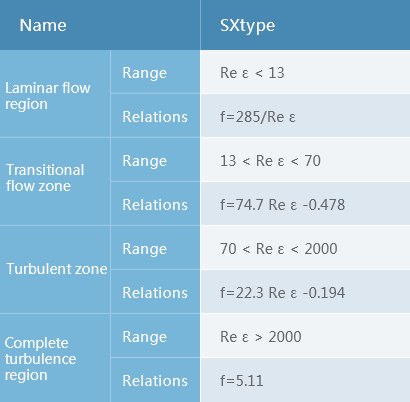
SX type pressure drop calculation example
Assume: Fluid flow Q = 144.35m3 / h Fluid density ρc = 897.6Kg / m3
viscosity μ=28.3CP pipe inner diameter D=250mm
length L=2500mm hydraulic diameter dh=15mm
void ratio ε=1
W=Q/900πD2=144.35/900*3.14*0.252=0.817m/s
Re=dh*ρc*w/(μ*ε)=15*897.6*0.817/28.3*1=388.7
Check the table to get Re>150,f=1
△P=(f*ρc/ε2W2)*L/dh=(1*897.6/2)*0.8172*2500*15=49928N/m2=0.5kg(f)/cm2
SX type product use
It is suitable for the mixing and reaction process of liquid-liquid reaction, mixing, absorption process or production of polymer stream with medium viscosity and high viscosity medium with viscosity ≤104 centipoise. The effect is better when the treatment volume is larger.
SX application example
A unit used SX static mixer on the light ketone benzene dewaxing oil combination device to reduce the oil content of the wax, reduce the phenomenon that the pipeline wax and the filter feed line are easy to block, and solve the stirring seal leakage solvent. The problem is to purify the environment and save energy.
SX type product specification model table

Description:
1. The nominal pressure is determined according to the user's process conditions.
2, material: stainless steel, carbon steel, titanium, PTFE, polypropylene, etc.
3, flange standard: match the user connection piece, can provide matching flange
4, the mixing unit can be designed to be pumpable or fixed
5, hourly flow is based on water
Product Features
SD type static mixer can be used to disperse droplets to 10μm during the emulsification process. It is used for general mixing process unevenness coefficient: a√x≤1~5%
SD type calculation formula
△P=(f*ρc/2)*W2*L/D Re=dh*ρc*w/μ
W=(Q/πD2*900) 1Kg(f)/cm2=98100N/m2
△P resistance drop (N/m2) f friction coefficient (no dimension) ρc fluid density (Kg/m3)
W fluid line speed (m/s) L mixer length (mm) dh hydraulic diameter (mm)
ε void ratio (without dimension) μ fluid viscosity (CP) A total area of mixing unit (mm2)
δ unit material thickness (mm) D pipe inner diameter (mm) Re Reynolds number (without dimension)
Table of relationship between SD Reynolds number Re and friction coefficient f
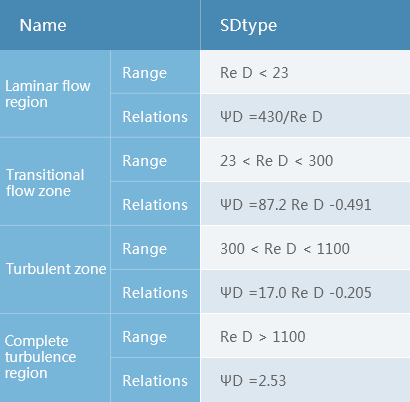
Pressure drop calculation example
Assumption:
Fluid flow rate Q=140m3/h Fluid density ρc=800Kg/m3
Viscosity μ=28CP Pipe inner diameter D=200mm
Length L=2000mm Hydraulic diameter dh=100m
W=Q/900πD2=140/900*3.14*0.22=1.24m/s
Re=dh*ρc*w/μ=100*800*1.24/28=3538
Check the table to get Re>150, f=1
△P=(f*ρc/2)*L/D=(2.53*800*1.242/2)*2000/200=15560.5N/m2=0.16Kg(f)/cm2
SD type product use
Suitable for mixing, reaction, absorption, injection molding, color matching, heat transfer and other processes in the chemical, petroleum, pharmaceutical, food, fine chemical, plastic, environmental, synthetic fiber, metallurgical and other sectors, for large, medium and small flow with impurities or viscosity Highly viscous media of ≤ 106 centipoise is especially suitable.
SD type product specification model table
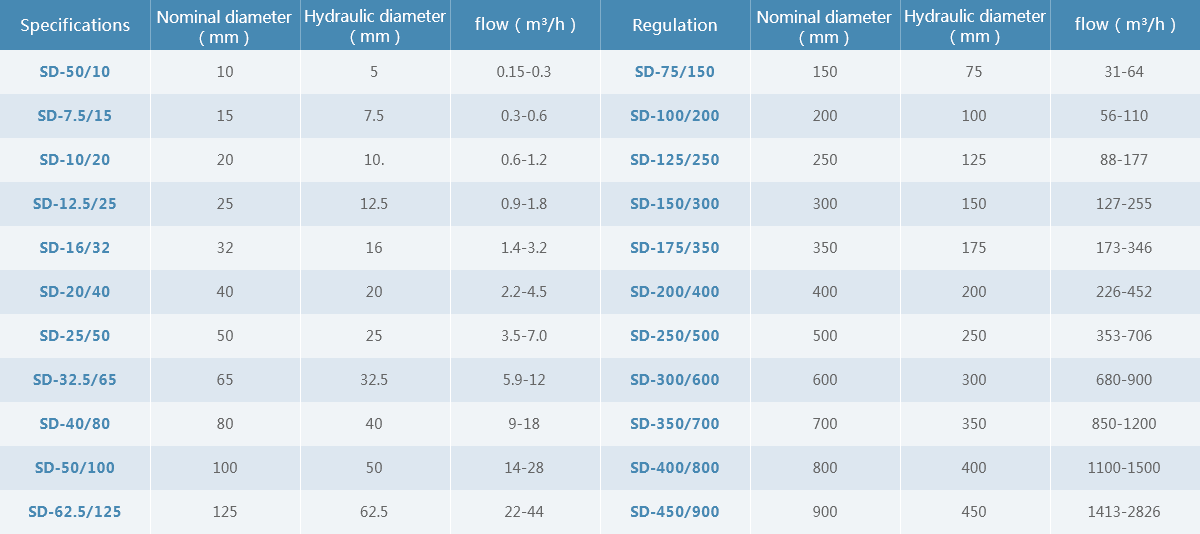
Description:
1. The nominal pressure is determined according to the user's process conditions.
2, material: stainless steel, carbon steel, titanium, PTFE, polypropylene, etc.
3, flange standard: match the user connection piece, can provide matching flange
4, the mixing unit can be designed to be made of pumpable or fixed
5, hourly flow is based on water

Product Features
SH type static mixer is also called double spiral static mixer. There are two spiral pieces in each SH type unit. There are mixing chambers between the SH parts of the phase. The mixing effect of SH type is better than SK type, and SX. The type is similar. It can be used to disperse the droplets to 1-5um during the emulsification process. It is used in the general mixing process. The uniformity coefficient: aVX≤1-5% has a certain amplification effect.
The pressure drop calculation of the product is expressed by the friction coefficient D of the mixer equivalent diameter and the inner diameter D.

Table of relationship between SH type Reynolds number Re and friction coefficient f
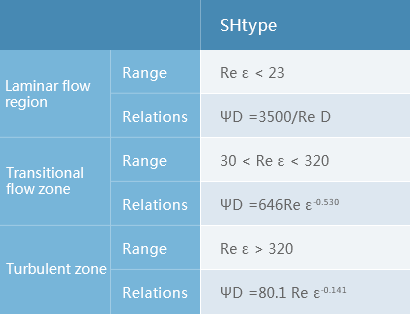
SH type product use
It is suitable for mixing, emulsifying, color matching, injection molding, spinning, heat transfer and other processes in the departments of fine processing, expecting materials, synthetic fibers, and mining. It is especially suitable for cleaning media with small flow rate, high mixing requirement and viscosity ≤10 centipoise. Suitable for.
SH type application example
Application of SH type static mixer on acrylonitrile amide plant: In the production of deep acrylamide aqueous solution in propylene catalytic hydration, it is necessary to prepare 20% emulsion containing propylene explosion. If the two phases are not well mixed, it will lead to the reaction bed. The layer is partially overheated, affecting catalyst life and monomer quality. A petrochemical company used the SH type static mixer to use the monomer production part on the annual output of 200 tons of powdered acrylamide equipment, and achieved good results. The monomer quality meets the requirements.
Application of SH type static mixer on residual oil-mixed fuel oil: a factory puts 20% water in the residue, and then adds 1% emulsifier to make fuel oil for nozzle combustion. SH type static is applied. The mixer, after emulsification of the fuel oil, is not easy to stratify and meets the process requirements.
SH type product specification model table

Description: 1. The nominal pressure is determined according to the user's process conditions.
2, material: stainless steel, carbon steel, titanium, fly PTFE, polypropylene, etc.
3, flange standard: match the user connection piece, can provide matching flange
4, the mixing unit can be designed to be drawable or fixed
5, hourly flow is based on water
Note: The normal size of the two ends is enlarged by the nominal diameter of the product.
Product Features
The technical characteristics of the SY static mixer are: liquid-liquid, liquid-solid phase mixing unevenness coefficient a√x≤1~5%
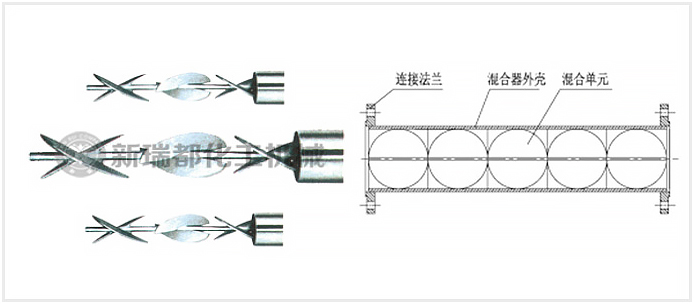
Pressure drop calculation formula
ΔP=(f*ρc/ε2W2)*L/dh Re=dh*ρc*w/μ*ε
W=(Q/πD2*900)*10^6 1Kg(f)/cm2=98100N/m2
Dh=(πD2L-4Aδ)/(2A+πDL)
△P resistance drop (N/m2) f friction coefficient (no dimension) ρc fluid density (Kg/m3)
W fluid line speed (m/s) L mixer length (mm) dh hydraulic diameter (mm)
ε void ratio (without dimension) μ fluid viscosity (CP) A total area of mixing unit (mm2)
δ unit material thickness (mm) D pipe inner diameter (mm) Re Reynolds number (without dimension)
Table of relationship between SY-type Reynolds number Reε and friction coefficient f
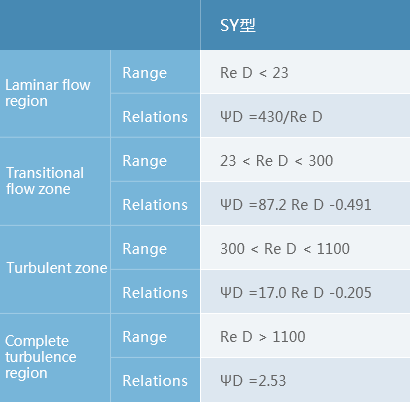
Pressure drop calculation example
Assume: Fluid flow Q = 144.35m3 / h Fluid density ρc = 897.6Kg / m3
viscosity μ=28.3CP pipe inner diameter D=250mm
length L=2500mm hydraulic diameter dh=15mm
void ratio ε=1
W=Q/900πD2=144.35/900*3.14*0.252=0.817m/s
Re=dh*ρc*w/(μ*ε)=15*897.6*0.817/28.3*1=388.7
Check the table to get Re>150,f=1
ΔP=(f*ρc/ε2W2)*L/dh=(1*897.6/2)*0.8172*2500*15=49928N/m2=0.5kg(f)/cm2
SY type product use
Suitable for chemical, petroleum, oil and other industries, viscosity ≤ 106 centipoise or mixed with high polymer medium, heat exchangers for heat transfer, mixing and heat transfer reactions, heating or cooling of viscous products and other unit operations. Br />
SY type product specification model table

Description:
1. The nominal pressure is determined according to the user's process conditions.
2, material: stainless steel, carbon steel, titanium, PTFE, polypropylene, etc.
3, flange standard: match the user connection piece, can provide matching flange
4, the mixing unit can be designed to be made of pumpable or fixed
5, hourly flow is based on water
Product Features
The SL type static mixer unit consists of a number of L-shaped units according to a certain rule. The technical characteristics are: liquid-liquid, liquid-solid phase mixing unevenness coefficient a√x≤1~5%
The pressure drop calculation of the product is based on the hydraulic diameter and takes into account the effect of the coefficient of friction of the void ratio.
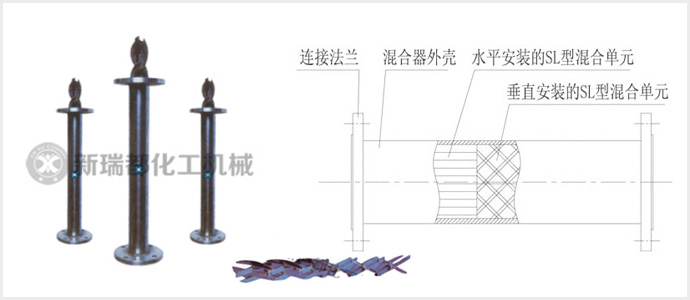
SL type pressure drop calculation formula
ΔP=(f*ρc/ε2W2)*L/dh Re=dh*ρc*w/μ*ε
W=(Q/πD2*900)*10^6 1Kg(f)/cm2=98100N/m2
Dh=(πD2L-4Aδ)/(2A+πDL)
△P resistance drop (N/m2) f friction coefficient (no dimension) ρc fluid density (Kg/m3)
W fluid line speed (m/s) L mixer length (mm) dh hydraulic diameter (mm)
ε void ratio (without dimension) μ fluid viscosity (CP) A total area of mixing unit (mm2)
δ unit material thickness (mm) D pipe inner diameter (mm) Re Reynolds number (without dimension)
Relationship between SL type Reynolds number Reε and friction coefficient f

Sl type pressure drop calculation example
Assume: fluid flow Q = 144.35m3 / h fluid density ρc = 897.6Kg / m3
viscosity μ=28.3CP pipe inner diameter D=250mm
length L=2500mm hydraulic diameter dh=15mm
void ratio ε=1
W=Q/900πD2=144.35/900*3.14*0.252=0.817m/s
Re=dh*ρc*w/(μ*ε)=15*897.6*0.817/28.3*1=388.7
Check the table to get Re>150,f=1
P=(f*ρc/ε2W2)*L/dh=(1*897.6/2)*0.8172*2500*15=49928N/m2=0.5kg(f)/cm2
SL type product use
Applicable to chemical, petroleum, oil and other industries, viscosity ≤ 106 centipoise or mixed with high polymer medium, heat exchangers for heat transfer, mixing and heat transfer reactions, heating or cooling of viscous products and other unit operations.
SL type application example
The treatment of alkali-containing sewage in refineries is troublesome. A refinery applied SL static mixer on the alkaline sewage treatment plant. Due to its high oxygenation efficiency, vertical lifting and mixing effect, the upper and lower layers of the aeration tank are dissolved. The problem of unevenness and mud accumulation at the bottom meets the process requirements.
SL type product specification model table

Description:
1. The nominal pressure is determined according to the user's process conditions.
2, material: stainless steel, carbon steel, titanium, PTFE, polypropylene, etc.
3, flange standard: match the user connection piece, can provide matching flange
4, the mixing unit can be designed to be made of pumpable or fixed
5, hourly flow is based on water
Distributor product characteristics
This product is designed for the application of static mixers, two Yin or more fluids are designed for the smooth delivery of fluids before entering the static mixer.
During the transportation process, the mixing ratio is often affected by the imbalance of the delivery pressure of each unit. In this case, the Venturi tubular distributor must be selected. The Venturi tube distributor has the performance of the injection booster pump. Under the condition of flow flow, the outlet pressure of the material is brought to the required pressure. The distributor is mainly composed of a nozzle, a receiving chamber, a mixing chamber, a diffuser, etc., the main flow passes through the nozzle to generate a pressure drop, the secondary flow is drawn into the receiving chamber of the venturi, and the mainstream and the secondary flow are mixed in the mixing chamber and then passed. The diffusion chamber, at this time, the discharge pressure to the diffusion chamber is greater than the secondary inlet pressure, which is smaller than the mainstream inlet pressure. In this way, the fluid can be smoothly delivered to the static mixer for mixing. However, due to the specificity of the process, the delivery pressure of each fluid is balanced. In this case, a form of dispenser can be selected according to the flow rate of each fluid and the specific process requirements.
Distributor form

Dispenser product use
It is suitable for two or more fluid feeds. When the mainstream and secondary flow pressures are unbalanced, the venturi tubular distributor is used. When the mainstream and secondary flow pressures are balanced, the general form distributor is used.
Distributor application example
In a chemical chemical plant, in the process of liquefied gas alkali washing, due to the imbalance of the mainstream secondary flow pressure, the Venturi tubular distributor was selected to solve the problem of mainstream and secondary flow feeding, so that it can be smoothly pumped. Further mixing with a SK type static mixer to meet the process requirements.
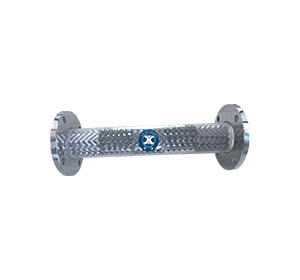
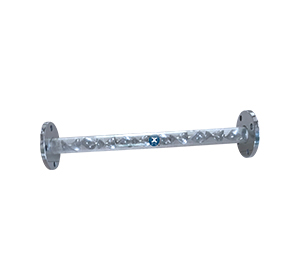
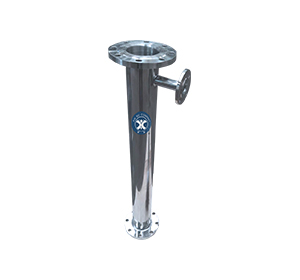

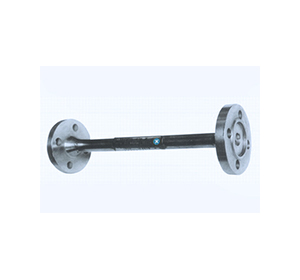
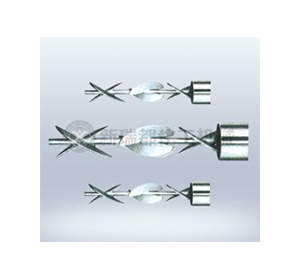
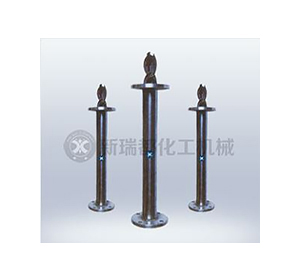
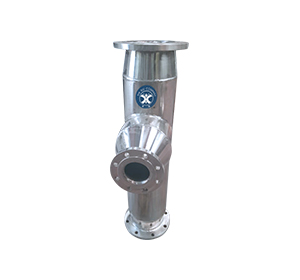
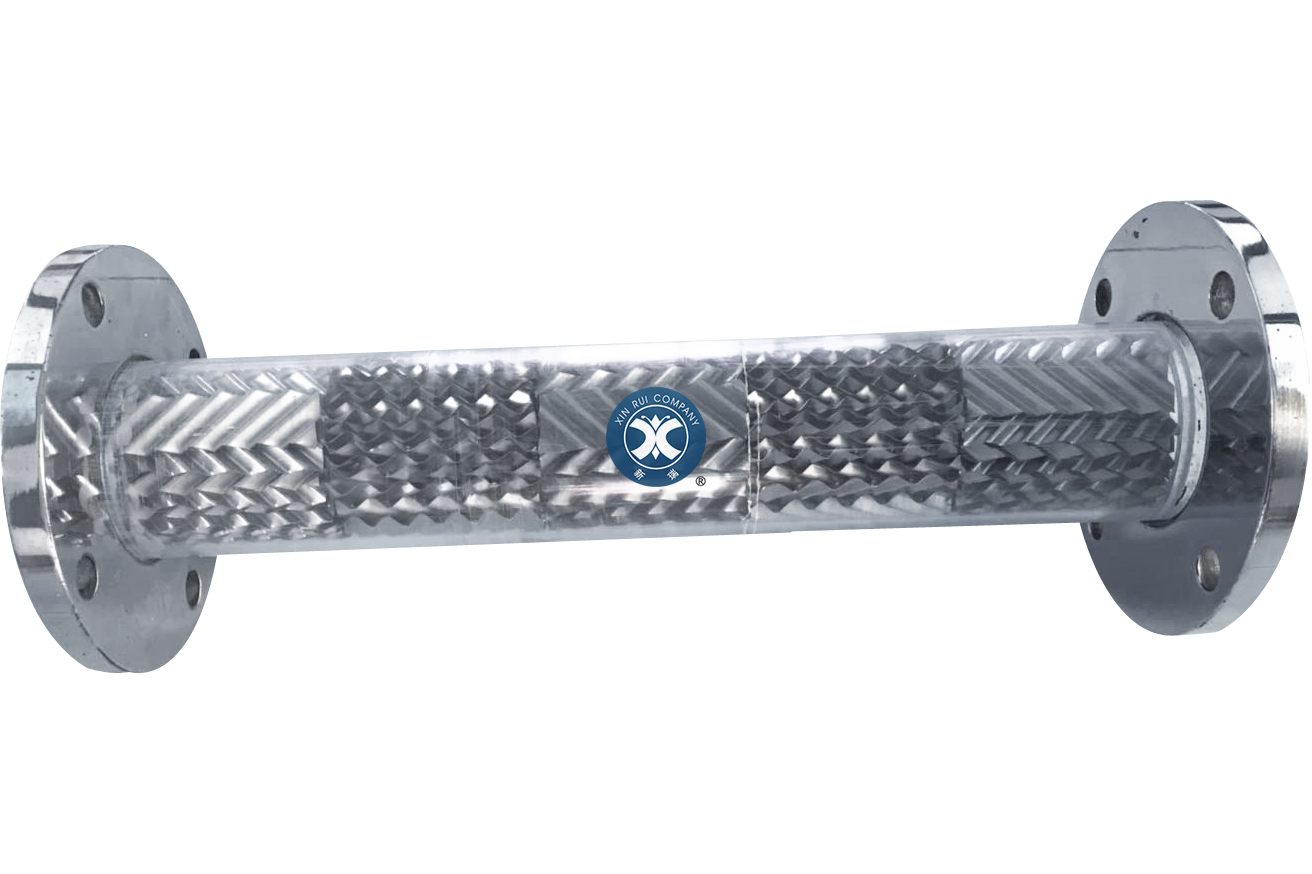
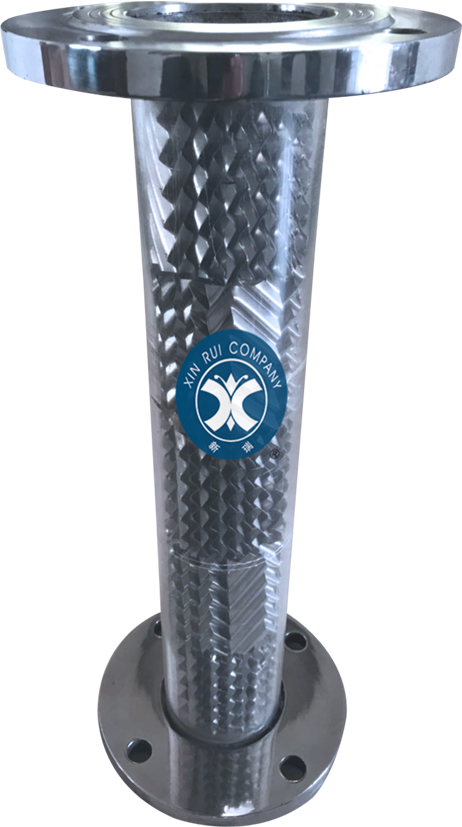
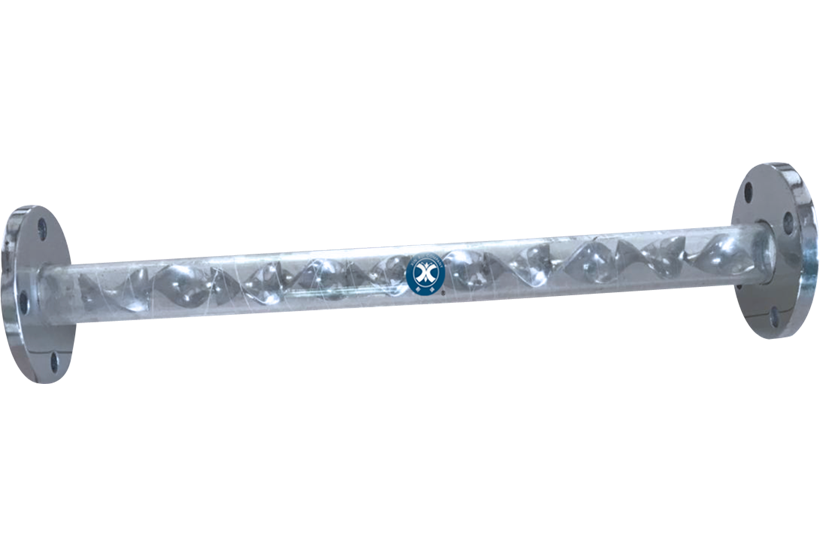
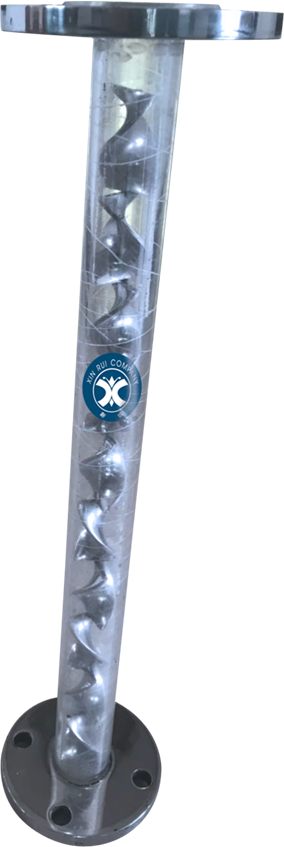
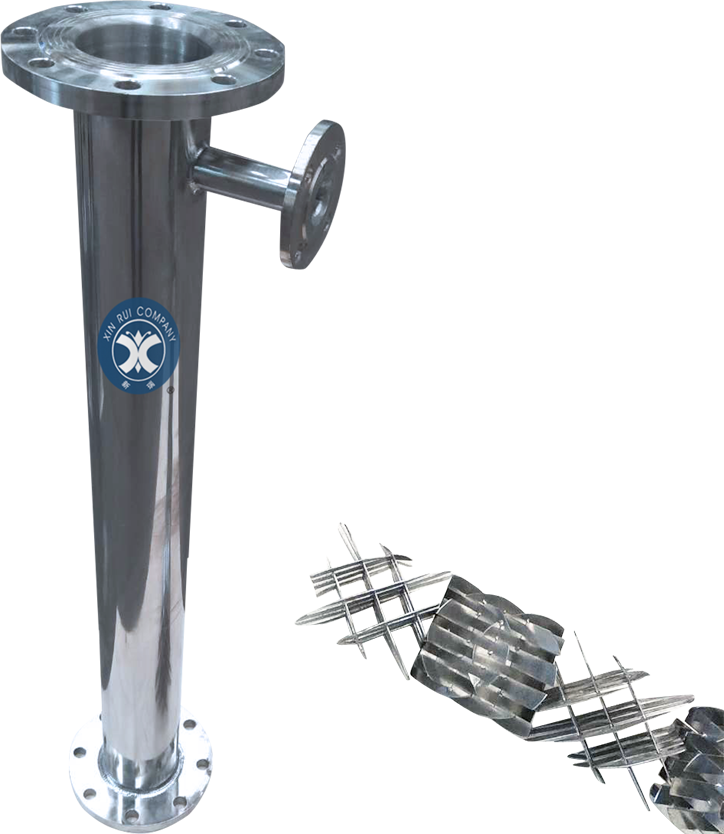
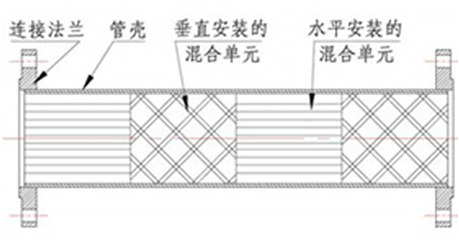
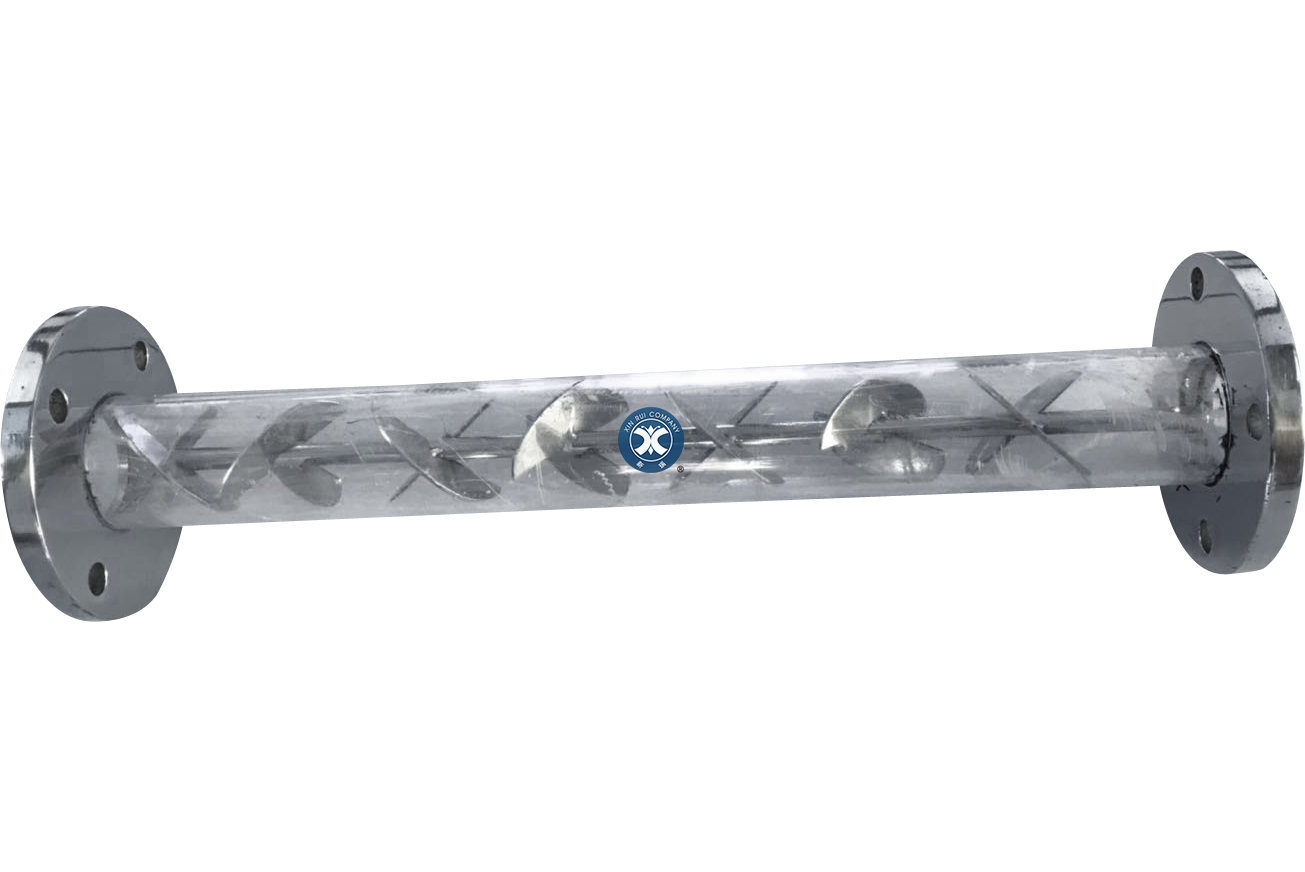
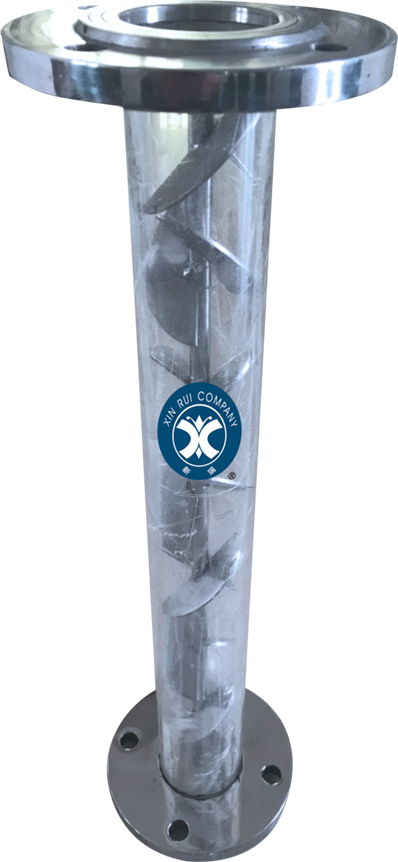
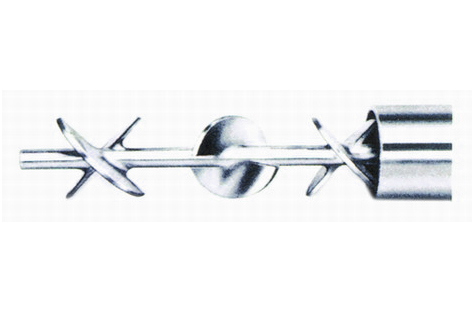
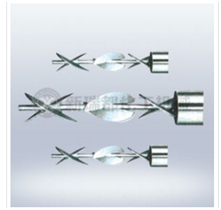
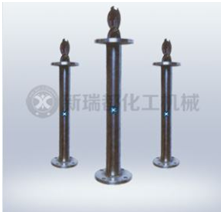
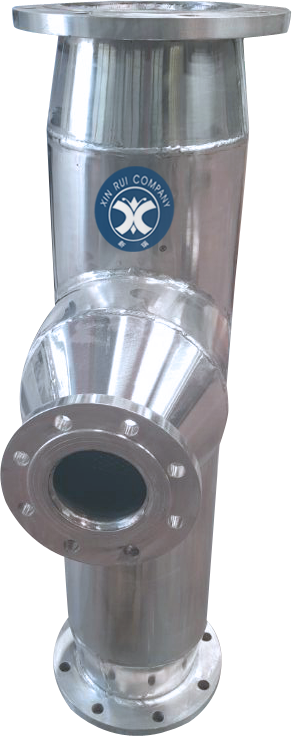
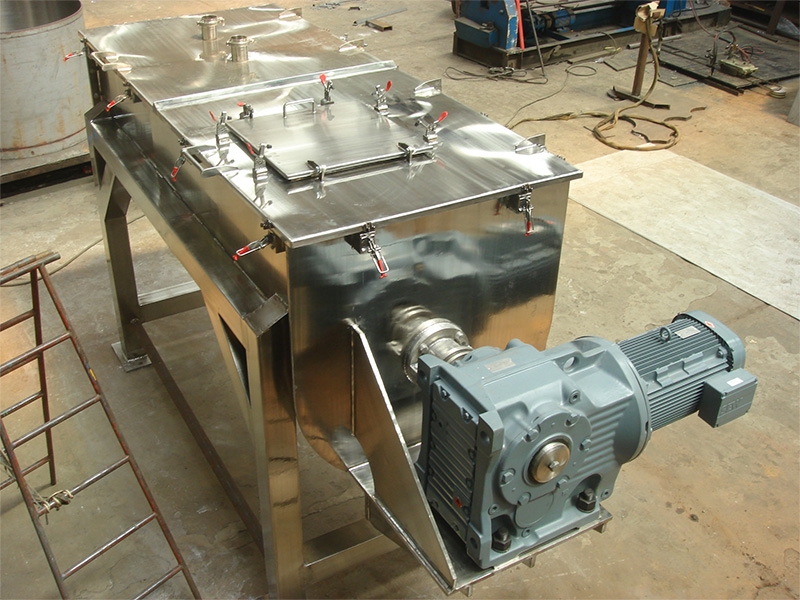





 Address: Shanghai Fengxian Industrial Zone No. 99 car line
Address: Shanghai Fengxian Industrial Zone No. 99 car line
 Fax: 021-64544111
Fax: 021-64544111
 Email: xinruidu@xinruidu.com
Email: xinruidu@xinruidu.com
 Tel:021-54488893 17701693701
Tel:021-54488893 17701693701
 Sales Phone: 021-54488893 13901897168 17317632837
Sales Phone: 021-54488893 13901897168 17317632837
 After sales call: 021-64544111 18930406998
After sales call: 021-64544111 18930406998


